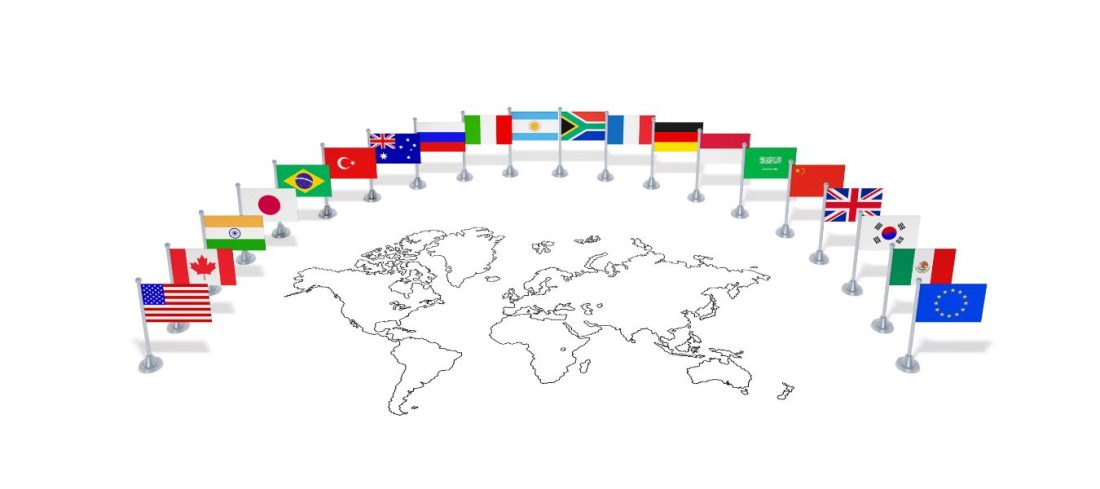China Sourcing Alternatives: Is it time to move?
November 27, 2025

Given the current climate surrounding China, various factors have caused importers to ask if sourcing from China is still the right choice for their supply chain. Uncertainty due to tariffs/Trade war, rising labor costs and COVID-19 have sparked a lot of concerns. Is it time to search for China sourcing alternatives? And if so, which alternatives?
Some importers have looked to other countries to source footwear, garments, and electronics, among other things. Companies like Nike and Adidas are now sourcing certain products in places like Vietnam, Bangladesh, Thailand, India, and Pakistan.
Are the fears of tariffs/trade war, rising labor cost, and Covid19 justified? Maybe (that too is uncertain), but these factors are certainly worth thinking about. Just remember that what is true for one product may not be true for another.
The options available depend on the product and industry you are in, and they include the following:
- Keeping production in China
- Keeping part of the supply chain management in China, and outsourcing other parts to other countries in order to get the best combination of price, quality, and tariffs
- Moving the entire production out of China
- Re-shoring: Moving the production back to the USA
Below are things to weigh if considering moving the supply chain from China to alternative sources:
You should consider moving your China supply chain management if:
- There are tariffs on the product or there will be soon, especially if these tariffs are high and look like they will stay in place.
- There are lower labor costs in other countries, and there is evidence that the product is cheaper (for equivalent quality) in the alternative country.
- The supply chain is shorter and still competitive, like the USA and Mexico.
You should not move the supply chain if:
- The product depends on the technology of a sophisticated supply chain.
- Moving the supply chain will take months, will be capital intensive and will not bring a lasting cost advantage.
- Quality is not up to the usual standards or expectations.
- Costs are higher: Even if labor is cheap in some other countries, productivity is the key. Low productivity will drive up overall labor cost.
- Raw materials and resources still need to be imported from China.
- Tariffs may affect your new target country.
- China is a market or a potential market for your products.
While China sourcing alternatives may appear attractive in light of recent events, China may remain the best choice for various goods.
Remember that knowledge is power: analyze the situation and be clear about your options before you make changes.
In the end, our advice to importers: It’s always good to plan for the worse, and be ready with alternatives, but look before you leap.
Do China sourcing alternatives make sense for you and your business? Why or why not? Share your thoughts with us in the comments section below.
Editor’s Note: This blog was originally published in June 2020.
